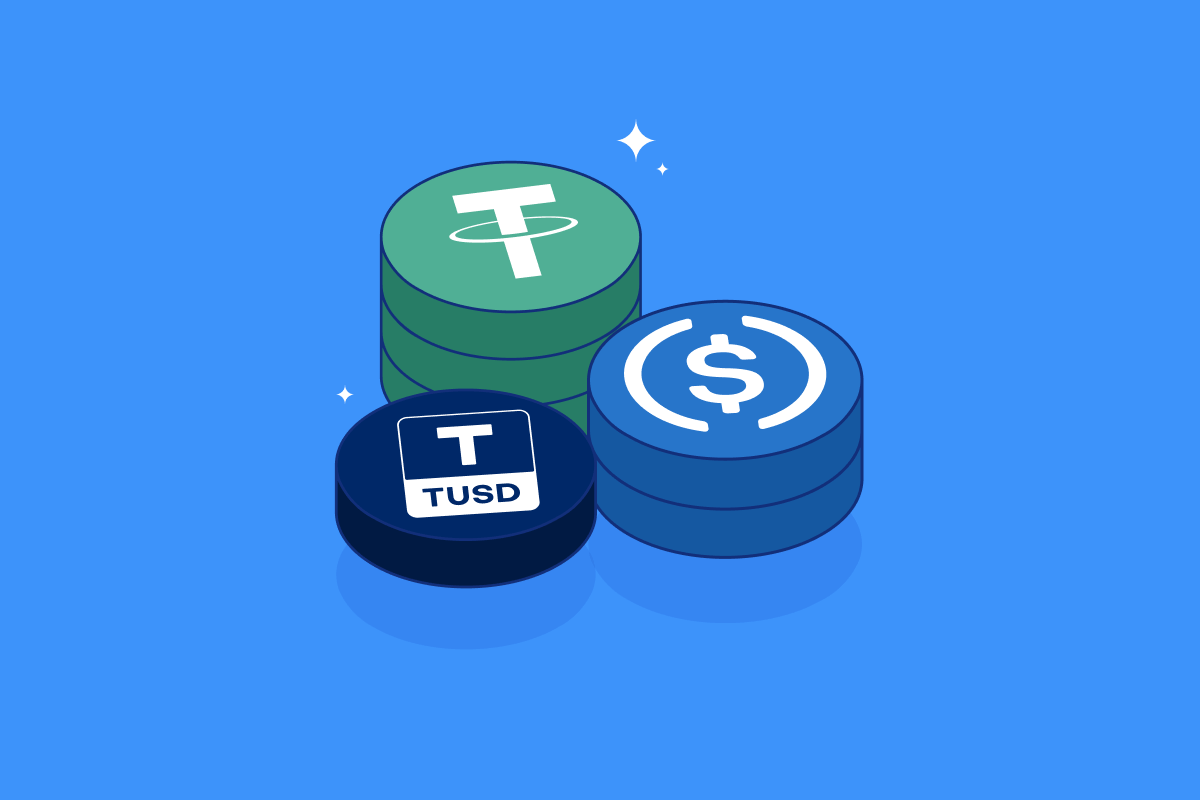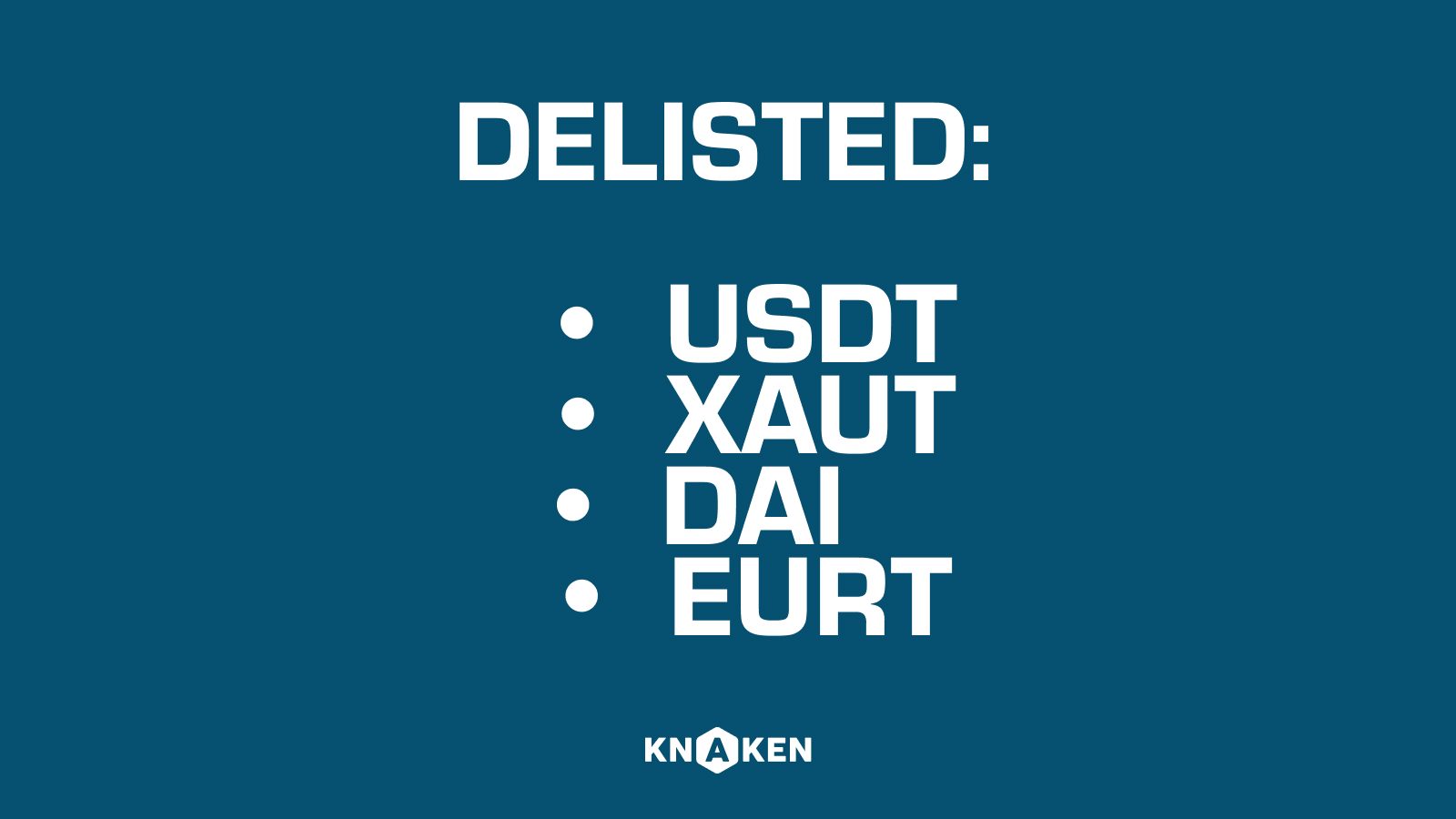Polkadot Trading
Introduction to Polkadot
Polkadot is a next-generation blockchain protocol designed to connect multiple blockchains into a unified network. It enables these diverse blockchains to interoperate, sharing information and assets seamlessly. Launched by the Web3 Foundation and spearheaded by Dr. Gavin Wood, a co-founder of Ethereum, Polkadot aims to enhance scalability, security, and efficiency in decentralized applications (dApps).
What is Polkadot Trading?
Polkadot trading refers to the buying and selling of DOT, the native cryptocurrency of the Polkadot network. It allows investors and traders to engage in the Polkadot ecosystem effectively. The trading of DOT can take place on various cryptocurrency exchanges, using both centralized and decentralized platforms.
Understanding DOT
DOT serves multiple purposes within the Polkadot network:
- Governance: DOT holders have the right to participate in the governance of the network, including voting on changes to the protocol.
- Staking: Users can stake DOT to participate in the network’s security and earn rewards for validating transactions.
- Bonding: DOT is used to bond parachains, which are independent blockchains that connect to the Polkadot relay chain.
Key Factors Influencing Polkadot Trading
Several factors can influence the trading of DOT and its market price:
- Market Demand: Like any cryptocurrency, demand and supply dynamics play a critical role in determining the price of DOT.
- Partnerships and Integrations: New collaborations or integrations with other blockchain projects can enhance investor sentiment.
- Technological Developments: Updates and advancements in the Polkadot network can significantly impact the trading landscape.
- Regulatory News: Legal developments surrounding cryptocurrencies can affect market confidence and trading activity.
Trading Strategies for Polkadot
Traders commonly use various strategies to maximize their profits in Polkadot trading:
- Day Trading: Involves buying and selling DOT within a single trading day, capitalizing on short-term price movements.
- Swing Trading: Traders hold DOT for several days or weeks to benefit from expected price changes.
- Long-Term Investing: Holding DOT for an extended period, focusing on the overall growth potential of the Polkadot ecosystem.
Where to Trade Polkadot
Polkadot can be traded on various platforms, including:
- Centralized Exchanges: Such as Binance, Kraken, and Coinbase, offering high liquidity and user-friendly interfaces.
- Decentralized Exchanges: Like Uniswap or SushiSwap, providing users with greater control over their funds and transactions.
Risks Associated with Polkadot Trading
As with any form of trading, there are inherent risks involved:
- Volatility: The cryptocurrency market is known for its price fluctuations, which can result in significant gains or losses.
- Regulatory Risks: Changes in regulations could impact the usability and acceptance of Polkadot.
- Technological Risks: Potential vulnerabilities in the network or in trading platforms may expose traders to risks.
Conclusion
Polkadot trading represents an exciting opportunity for investors and traders looking to engage with a promising blockchain project. With its innovative technology and unique governance model, Polkadot has attracted a substantial following. However, it is essential to understand the risks involved and the factors that influence market dynamics to make informed trading decisions.


















